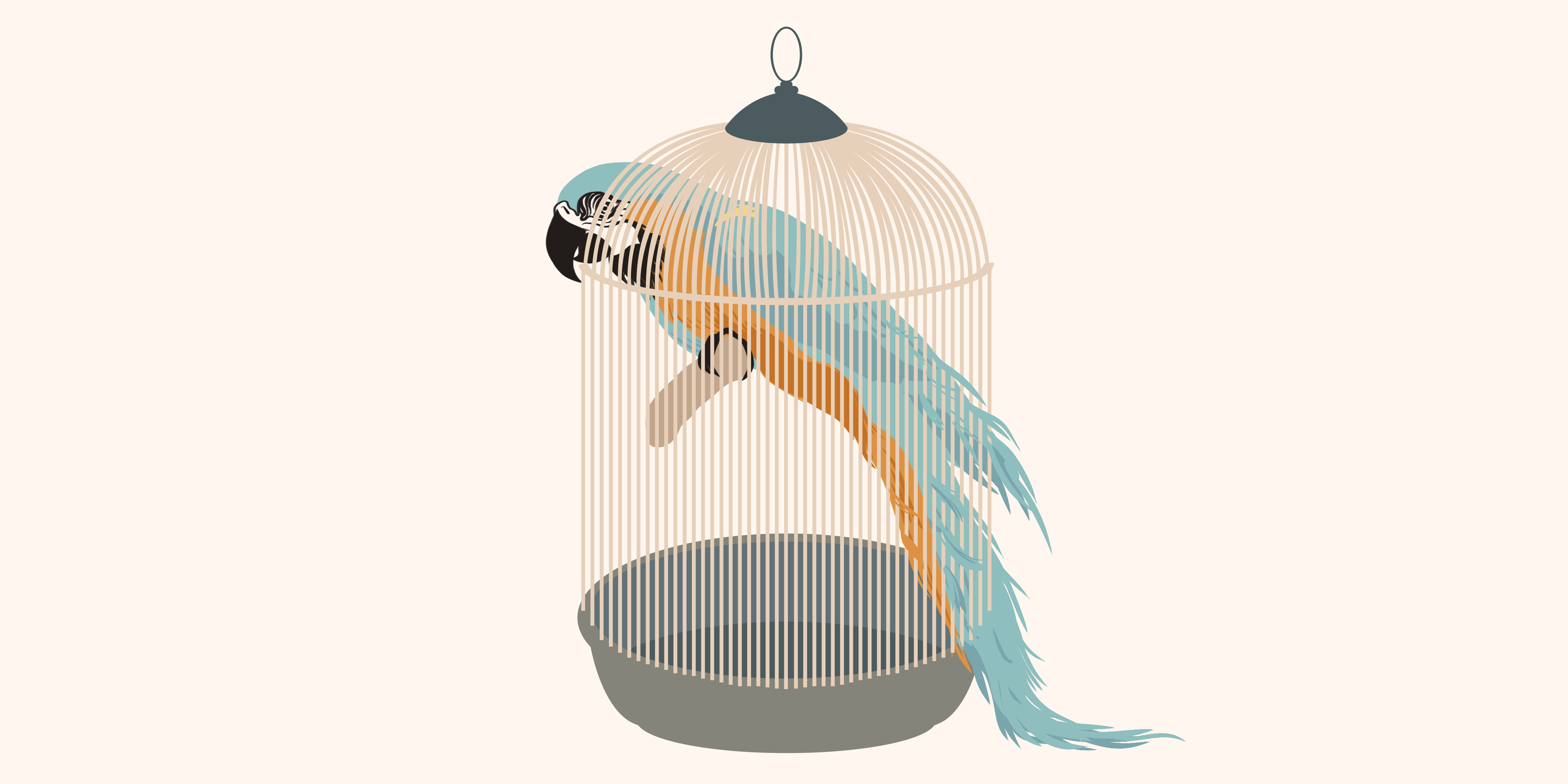It was a Cruel Summer for anyone who couldn’t get tickets to the Taylor Swift Eras tour shows — and for a lot of bond investors, as interest rates climbed ‘swiftly’ higher. The third quarter saw rising yields in Canada and the U.S., as both revisited levels not seen since 2007.
But, yields aren’t climbing uninterrupted. Rather, they’re bouncing all over on the tiniest bit of news or particular spin on a data release.
“Rate volatility continues to be a thorn in bond investors’ sides, with many fixed income portfolio managers navigating dangerous and uncharted markets they have never seen before. The steep rise in the third quarter threatens bond markets with their third consecutive year of annual declines,” the team at Canso Investment Counsel Ltd. said in its October 2023 Corporate Bond Newsletter.
The double-edged sword of rising rates
While equity market investors “generally accept volatility and drawdowns as the price of admission. The fact that a portfolio of bonds, all issued by the U.S. government, is down 50% in price has no doubt caught many investors off guard,” the Canso portfolio managers said in the newsletter.
If an investor will require more than the interest income prior to maturity then they need to be mindful of duration, which is a measure of bond price sensitivity to changes in interest rates – especially in a rising interest rate environment. Remember, the relationship between interest rates and bond prices is an inverse one and nobody wants to have to sell after a 50% drop.
Existing bondholders might suffer as rates go up, but new bonds will offer better rates. As bonds mature those proceeds can be rolled into new issues that offer higher coupons.
High yield happenings
Yields on non-investment grade bonds might be higher today, but relative to yields on short term investment grade corporates, they still leave a lot to be desired.
“The lowest quality issues continue to outperform and fly in the face of tightening market conditions. We continue to believe that spreads aren’t offering enough of a risk premium to compensate investors in what is the most speculative end of the credit market,” Canso’s October newsletter said.
The U.S. high yield market has seen considerable new issuance in 2023 – up from historically depressed levels in 2022, but still quite low relative to the size of the market.
“Higher financing costs continue to keep many high yield issuers on the sidelines,” Canso said.
We’ve seen tremendous growth in the number of secured deals, as borrowers try to avoid paying really high coupons. For some lower-quality issuers, this is borne out of necessity. The overall result is a “sharp rise to unprecedented levels. The high yield market has never recorded a year with more than 50% in secured issuance,” the newsletter says.
Convertibles making a comeback
Another interesting development as it relates to new bond issuance is the increase in convertibles, which are bonds that can be converted into a specific number of common shares at certain times during the bond’s life. This feature is typically at the discretion of the bondholder, which makes them attractive to certain investors.
The key today is that the use of a convertible issue means that the bond’s coupon rate can be lower than what it would have been without the convertible feature, which would explain their greater appeal in a higher interest rate environment.
Data from Bank of America shows that more than 30 per cent of total investment-grade issuance year-to-date in 2023 has been via convertible bonds. This is the highest share for convertibles in at least a decade and runs around three times the average rate.
Another down year for bonds?
It’s a welcome change that bond inventors are finally seeing some decent compensation – especially for shorter-term investment grade issues. But, steep increases in interest rates have made the last two years pretty unpleasant for many bondholders. Especially for those holding longer-term bonds, as “the rise in long yields over the past three years has decimated long-bond returns,” the Canso team said.
This is when it’s a good reminder that bonds, while generally safer than equities, are not risk-free investments. And the risks are more pronounced with long-maturity bonds and non-government issues — especially during a period of rising rates.
The portfolio managers at Canso stated their belief that, “positive returns hang in the balance in this final quarter of the year amidst sustained uncertainty in yields. Thus far in October, credit spreads have been resilient despite a backdrop of negative economic and geopolitical events. From an investment standpoint, we remain patient. Elevated funding costs and a tighter new issue market for more speculative issuers will inevitably lead to value opportunities. Until then, our investment focus continues to point towards quality and liquidity to shelter from the colder weather ahead.”
Investors would do well to consult an investment professional about their bond holdings and any options to adjust their specific exposures in order to navigate this challenging period.
Read the full October 2023 Canso Corporate Bond Newsletter here.
DISCLAIMER: The views and information expressed in this publication are for informational purposes only. Information in this publication is not intended to constitute legal, tax, securities or investment advice and is made available on an “as is” basis. Information in this presentation is subject to change without notice and Canso Investment Counsel Ltd. does not assume any duty to update any information herein. Certain information in this publication has been derived or obtained from sources believed to be trustworthy and/or reliable. Canso Investment Counsel Ltd. does not assume responsibility for the accuracy, currency, reliability or correctness of any such information.





